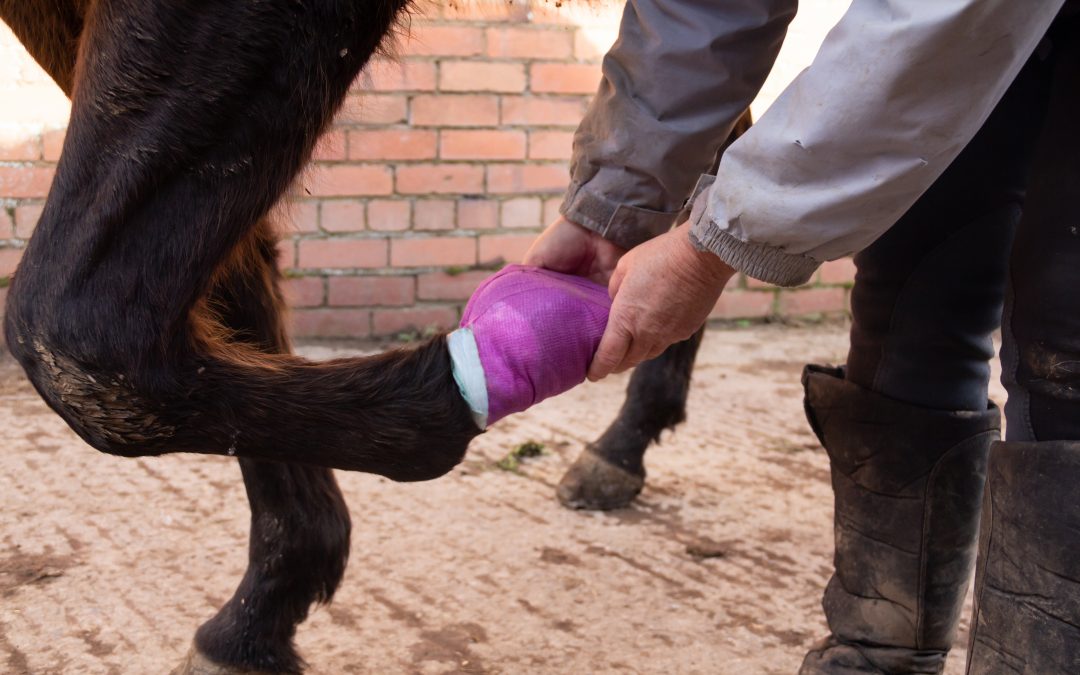To follow on from the video on Facebook, I thought I would delve further into how abscesses occur and the main things you should be thinking about when your horse has this issue.
Abscesses occur when the foot is softened (wet weather and mud) and a sharp object is stood on, stones are usually the main culprit. Standing
The most frightening thing to see from an owner perspective is a horse who can’t bear weight through a limb. This is a common phonecall that we get from owners. Luckily 90% of these are simple and straight forward abscesses which once the shoe is removed, with a careful search with some hoof testers and a hoof knife as usually easy to find. This can be done by a farrier or a vet. Here are a few things you (as an owner) should consider if your horse is unlucky enough to get an abscess.
- Tetanus: The most important thing about any foot abscess, is whether your horse is covered for tetanus. Tetanus is endemic in the soil in the UK and horses are very susceptible to this bacteria. The most common point of entry is a wound or hole in an area that is in close contact with soil. A foot abscess is the perfect point for entry into the horse’s body. Tetanus is a relatively easy disease to protect your horse from by way of vaccination. If your horse is unvaccinated then an injjection of tetanus antitoxin will help minimise the chances of tetanus for up to 6 weeks post injection.
- The colour of the pus: Foot abscess pus is usually black and ordourless. Any other colour (or if it smells strongly) is not normal and a vet should be called. Osteomyelitis can be caused by a puncture wound or damage to the pedal bone in the foot. The purulent material that usually comes from this is more usually yellow in colour, thicker in consistency and can have a strong smell. These cases need urgent veterinary attention and may involve the need for X-rays to find out what area of the pedal bone is damaged. These can be treated medically (using antibiotics) but in the worst case senario may need surgery. It is important to understand the urgency of seeking veterinary treatment in cases like this.
- Laminitis: Laminitic ponies can throw abscesses more readily than other horses due to the underlying inflammation of the lamini in the feet, a thin sole and issues with the positioning of the pedal bone in the foot. The laminae are supportive to the pedal bone and if they become inflammed and start to die off in an active case of laminitis, they can, as they die release gas which can cause lameness very similar to the presentation of a normal abscess. Depending where these pockets of gas are, if released can cause the pedal bone to drop (founder). It is important if you suspect an abscess in these horses that you are aware that these problems can occur, as these will need specialised farrier and veterinary treatment.
- Antibiotics: Most abscesses don’t need antibiotics. They just need to be opened to drain. A horse will go from non weight bearing to nearly sound when an abscess is lanced. If this doesn’t happen within the first couple of hours after lancing then it is stringly advised that you seek veterinary assistance.
If you have any questions about this blog, please feel free to contact ourselves at the office on 01782 898102. Until next time………

